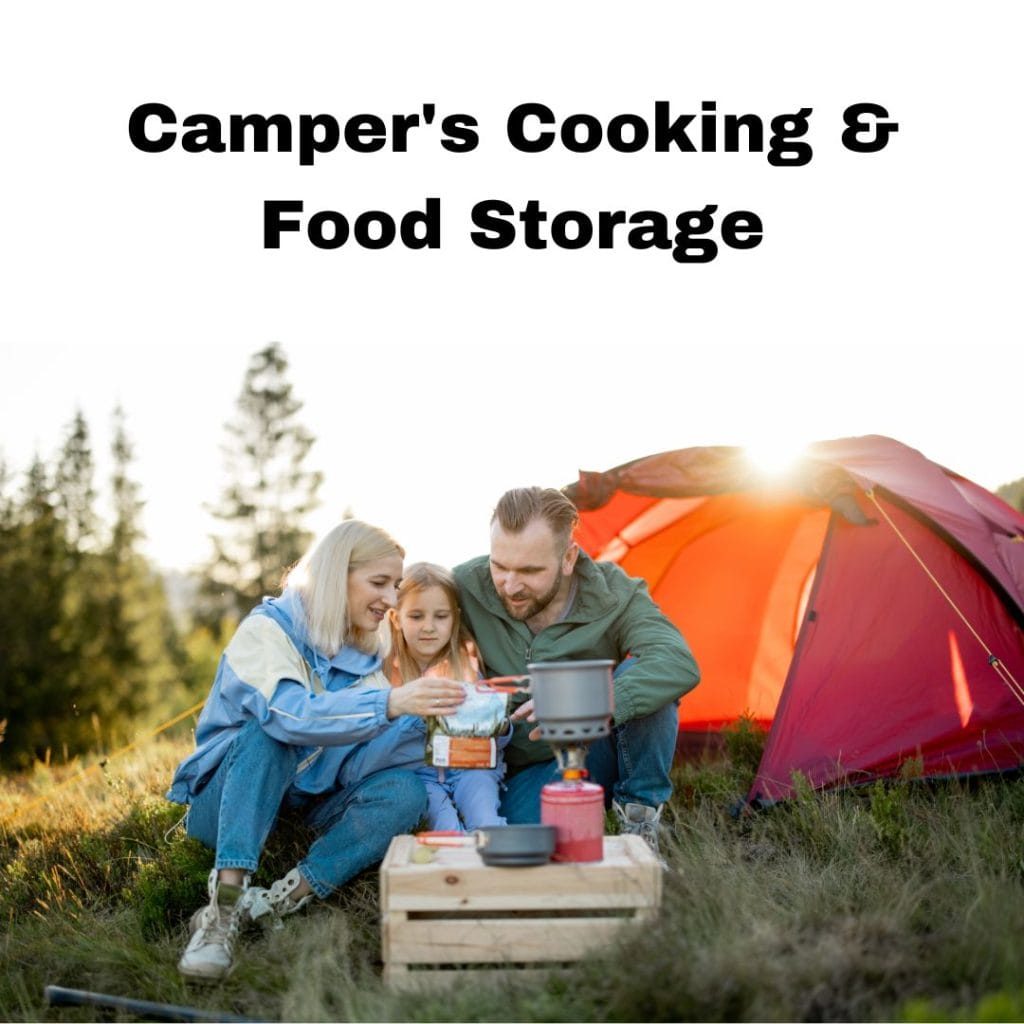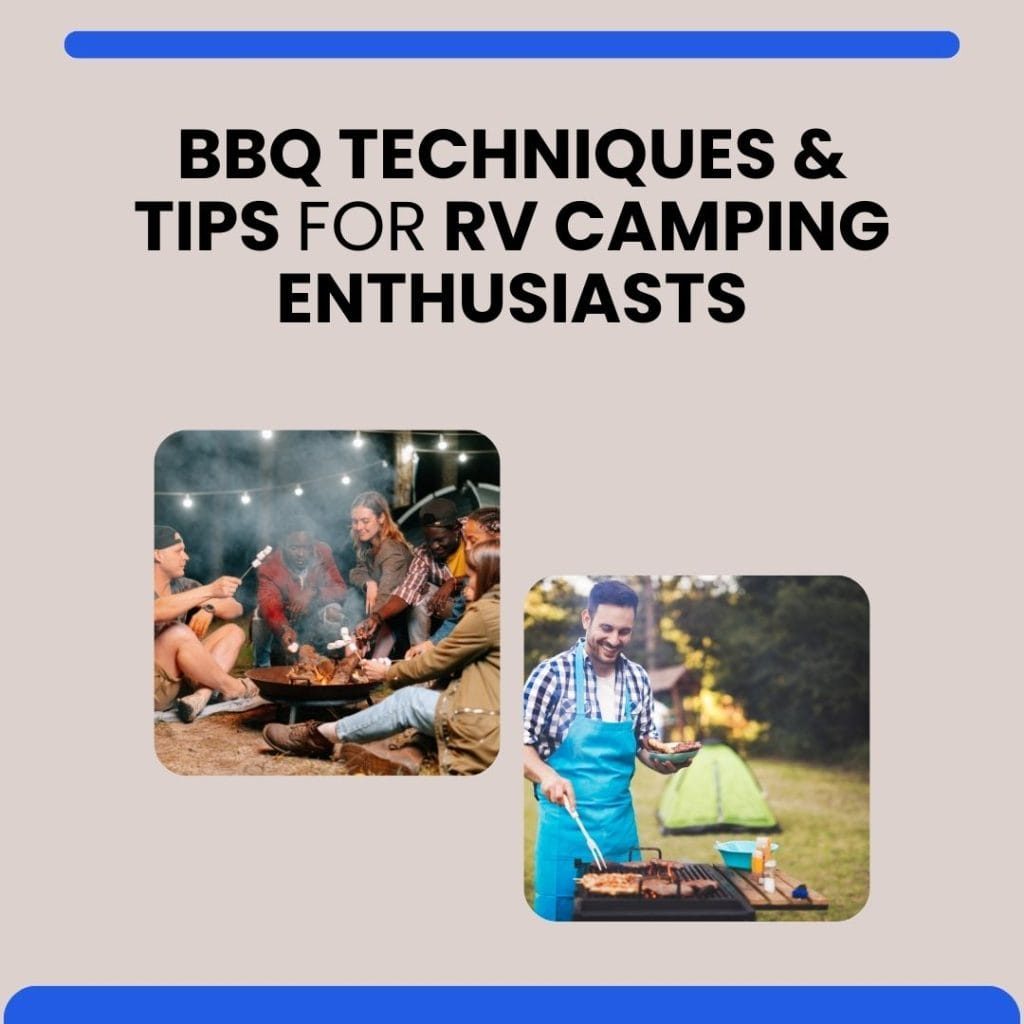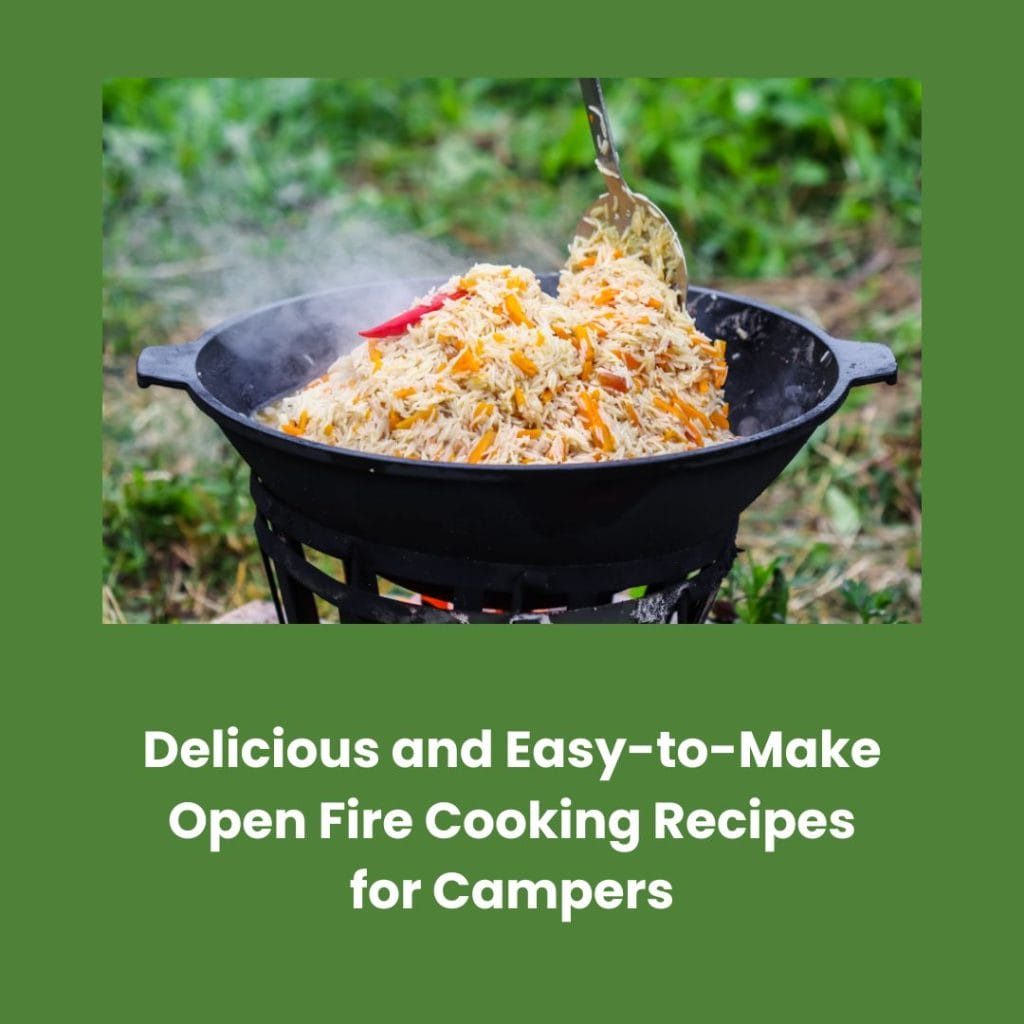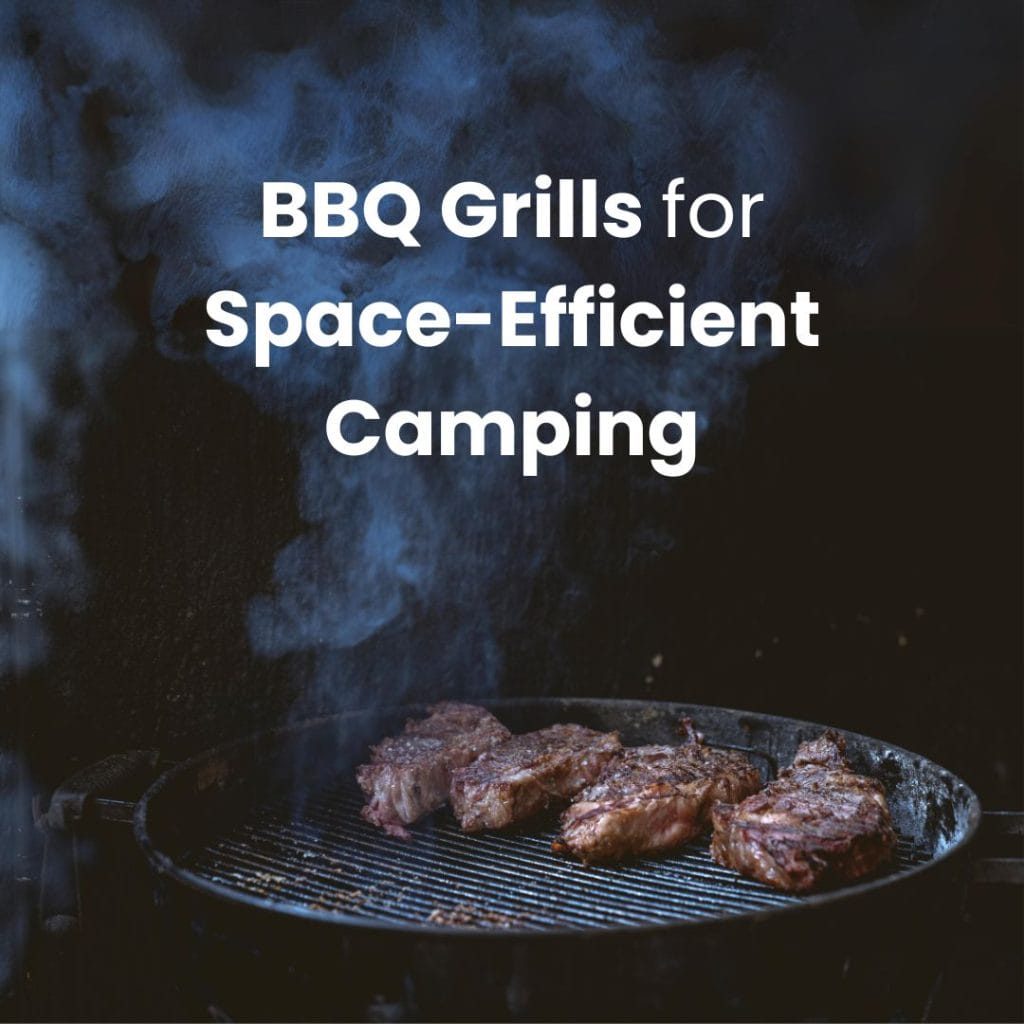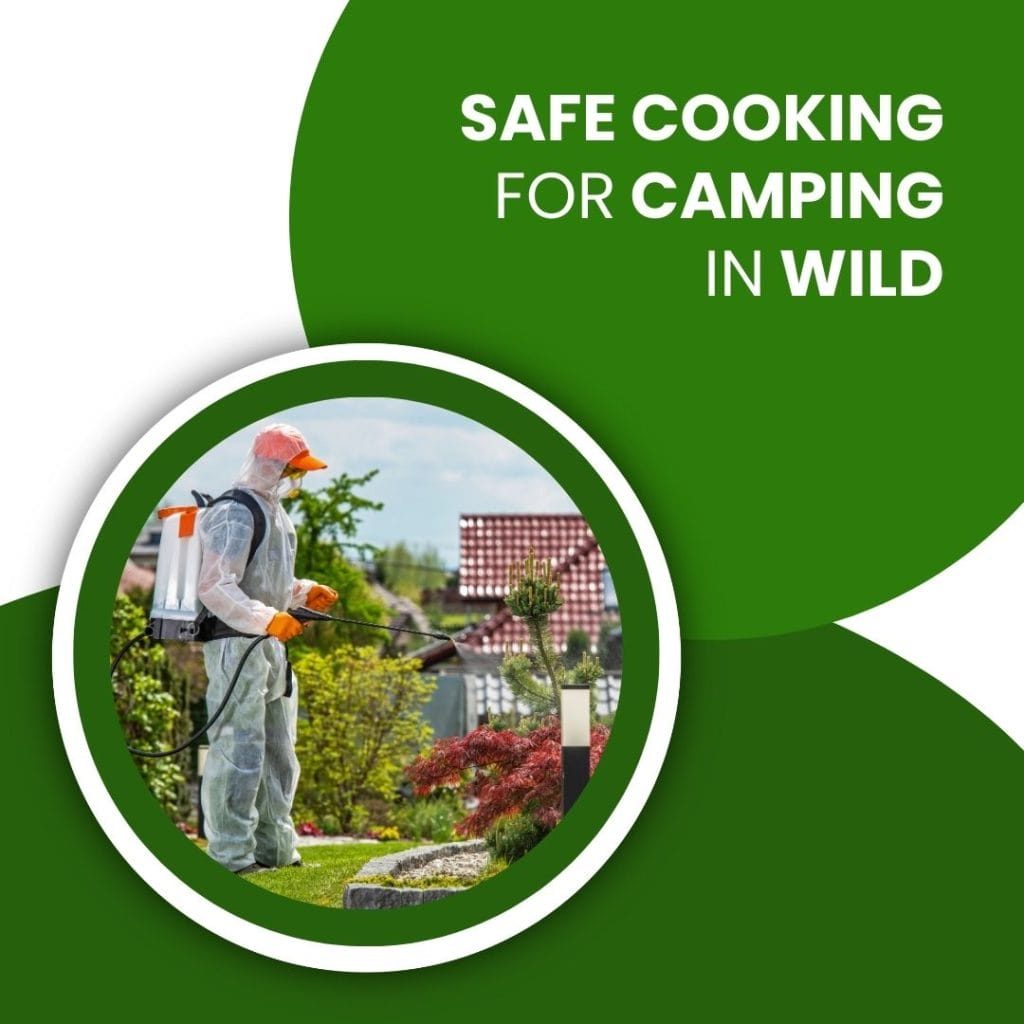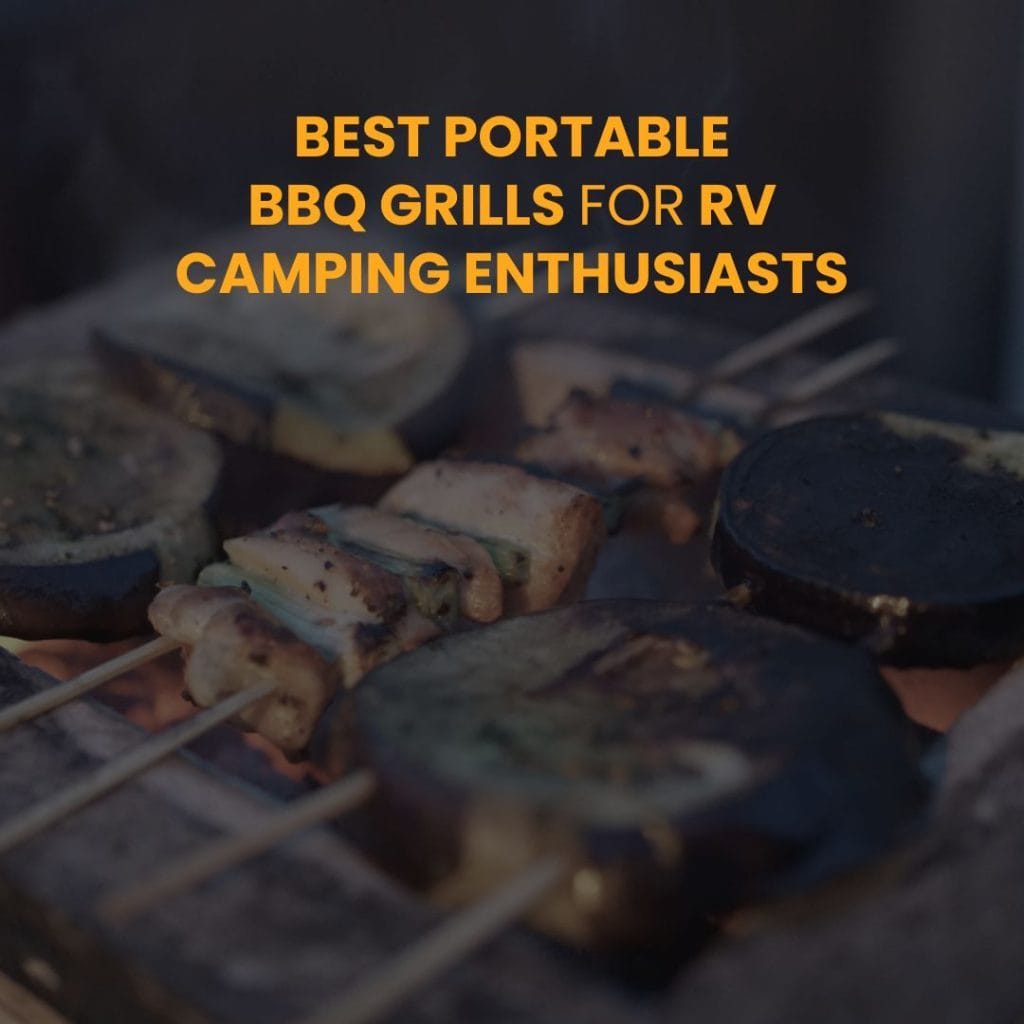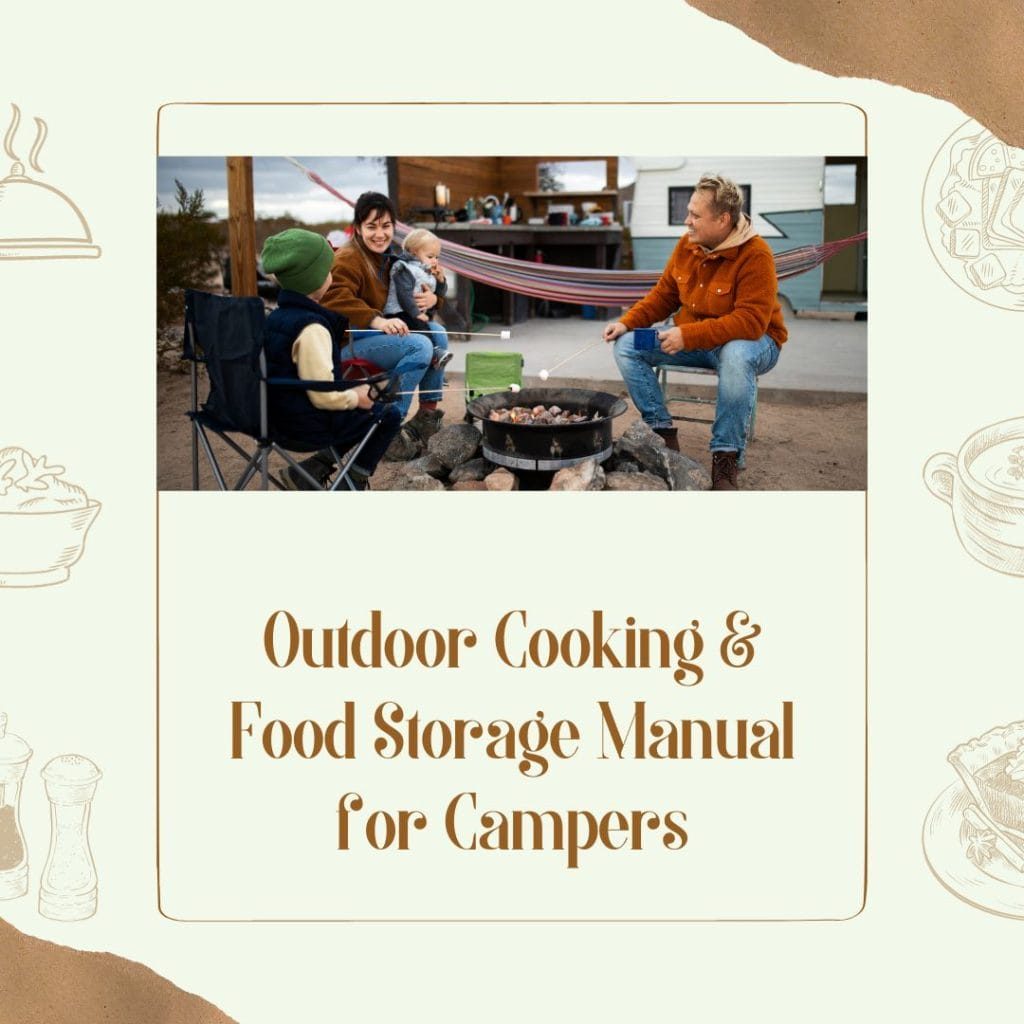Welcome to “The Ultimate Outdoor Cooking and Food Storage Manual for Campers,” your comprehensive guide to mastering the culinary aspects of camping. Whether you’re a beginner setting out on your first camping trip or a seasoned outdoor enthusiast looking to refine your cooking techniques, this manual is designed to provide you with a wealth of information, tips, and insights into making your outdoor dining experience as enjoyable and safe as possible.
Embark on this journey with us as we explore the exciting world of outdoor cooking and food storage. By the end of this guide, you’ll be equipped with the knowledge and confidence to prepare and enjoy delicious meals that will make your camping experience even more remarkable. So, grab your cookware, fire up the grill, and let’s get cooking!
Understanding Camping Cookware: Choices, Features, and Safety Tips
Embarking on a camping adventure involves more than just pitching tents and hiking through trails; it requires a good understanding of the tools you’ll use, particularly cookware. This article explores the intricacies of selecting and utilizing camping cookware, focusing on those suitable for open fire cooking, their features, and essential safety tips.
Top Choices for Camping Cookware
When it comes to cooking in the great outdoors, the right cookware can make all the difference. Here are some of the top choices for camping cookware, ideal for an open fire:
Cast Iron Skillets and Dutch Ovens:
- Features: Durable, excellent heat retention, and naturally non-stick over time.
- Suitability: Perfect for open fires; great for frying, sautéing, baking, and stewing.
Stainless Steel Pots and Pans:
- Features: Lightweight, corrosion-resistant, and easy to clean.
- Suitability: Versatile for camping stoves and moderate open fires, best for boiling water and cooking meals.
Aluminum Cookware:
- Features: Extremely lightweight, heats up quickly.
- Suitability: Good for camp stoves and light open fire cooking; often used in backpacking cooksets.
Titanium Cookware:
- Features: Ultra-lightweight, strong, and corrosion-resistant.
- Suitability: Ideal for backpackers; works well on camp stoves and gentle open fires.
Each type of cookware has its unique benefits and may suit different types of campers, from the casual weekend warrior to the backcountry explorer. Consider what you’ll be cooking, how you’ll be cooking it, and the type of camping you’ll be doing when choosing your cookware.
Safety Tips for Using Camping Cookware on an Open Fire
Cooking over an open fire is a quintessential part of the camping experience. However, it requires caution and know-how to ensure safety and enjoy your meals. Here are safety tips to consider:
- Use Cookware with Heat-Resistant Handles: Handles can get extremely hot over an open fire. Use cookware with heat-resistant handles or have gloves handy.
- Monitor the Fire Intensity: Cook over a stable, moderate flame. Intense fires can damage cookware and lead to unsafe cooking conditions.
- Keep Water or a Fire Extinguisher Nearby: Always be prepared to put out the fire if it becomes uncontrollable or starts to spread.
- Avoid Plastic Materials: Ensure all parts of your cookware are suitable for high temperatures. Plastic elements can melt or release harmful chemicals.
Maintenance Tips and Best Practices
Maintaining your cookware is essential for its longevity and your health. Here are some maintenance tips and best practices:
- Seasoning Cast Iron: If you use cast iron, make sure to season it regularly to maintain its non-stick surface and prevent rust.
- Cleaning and Drying: Clean your cookware after every use. Dry it thoroughly to prevent rust, especially with cast iron and steel.
- Storage: Store your cookware in a dry place and consider using a storage bag to keep it clean and ready for your next adventure.
- Regular Inspection: Before and after trips, inspect your cookware for any signs of damage, such as warping, cracks, or severe scratches.
BBQ Grills for Camping: A Guide to the Best Models and Techniques for RV Enthusiasts
Camping isn’t just about “roughing it” in the wilderness; it’s about enjoying the great outdoors without sacrificing the comfort and joy of a good meal. For many, that includes the savory pleasure of a barbecue. This guide will walk you through the top BBQ grill models suitable for RV camping, how to select the perfect grill for your needs, and share expert techniques and tips for a superior grilling experience.
Top BBQ Grill Models Suitable for RV Camping
When it comes to RV camping, space, efficiency, and convenience are key. Here are some of the top BBQ grills that meet these criteria:
The RoadTrip Grill by Coleman:
- Features: Collapsible design, interchangeable cooktops, and a large cooking surface.
- Why It’s Great for RVs: Its compact size and foldable legs make it easy to transport and store.
Weber Q Series:
- Features: Small footprint, high performance, and durable construction.
- Why It’s Great for RVs: Offers the quality of a Weber in a portable size, perfect for the smaller space of an RV.
Blackstone Tabletop Grill:
- Features: A flat-top design offering a spacious cooking area, easy ignition, and quick cleanup.
- Why It’s Great for RVs: Its flat-top surface is perfect for versatile cooking, from breakfast pancakes to dinner steaks.
Selecting the Perfect BBQ Grill for Your RV Camping Trip
Choosing the right grill involves considering several factors:
- Space: Measure the storage area in your RV to ensure the grill fits. Consider grills designed to be compact or foldable.
- Durability: Look for grills made from high-quality materials able to withstand the rigors of travel and outdoor use.
- Cooking Needs: Consider what you’ll be cooking. If you want to grill steaks, look for a high-heat option. If you’re into gourmet outdoor cooking, look for grills with temperature control and versatile surface areas.
Choosing the Best Compact BBQ Grills for Space-Efficient Camping
For those with limited space, compact grills are a necessity. Look for grills that:
- Have a small footprint but still offer enough cooking area.
- Are lightweight and easy to move.
- Come with features like foldable legs or a carry handle.
Expert BBQ Techniques and Tips for RV Camping Enthusiasts
To elevate your grilling game, consider the following:
- Preheat Your Grill: Allow your grill to heat up before cooking to ensure proper cooking temperature and prevent sticking.
- Keep It Clean: A clean grill promotes even cooking and better-tasting food. Brush off any residue before and after grilling.
- Control the Heat: Learn to manage the heat zones on your grill for direct and indirect cooking methods.
The Best Portable BBQ Grills for RV Camping Enthusiasts
When portability is a priority, consider these options:
NomadiQ Portable Propane Gas Grill:
- Features: Extremely lightweight, large cooking surface, and easy setup.
- Why It’s Great for RVs: Its unique design and light weight make it perfect for those who are tight on space but don’t want to compromise on cooking surface.
Cuisinart Petit Gourmet Portable Grill:
- Features: Compact design, versatile with grill or griddle plates, and fast heating.
- Why It’s Great for RVs: The briefcase-style handle and overall design make it easy to carry and set up anywhere.
Mastering Cooking Techniques: Open Fire Mastery and Recipe Guide
There’s something primal and deeply satisfying about cooking over an open fire. It connects us to a long lineage of outdoor enthusiasts and culinary adventurers. This article aims to demystify the art of open fire cooking, offering techniques, tips, and best practices that will turn your campfire meals into gourmet feasts. Additionally, we’ll provide a collection of recipes that are perfect for honing these new skills.
Techniques, Tips, and Best Practices for Open Fire Cooking
Understanding Your Heat Source:
- Building the Right Fire: Learn the difference between cooking over direct flames, coals, or embers. Each provides a different temperature and is suited to different types of food.
- Temperature Control: Master temperature control by spreading coals for even heat or stacking them for intense heat. Use the hand test to estimate temperature: if you can hold your hand 5 inches above the coals for 2-3 seconds, it’s high heat; 5-7 seconds is medium heat, and 10 seconds is low heat.
Choosing the Right Equipment:
- Cast Iron: Ideal for its heat retention and durability. Perfect for everything from searing meats to simmering stews.
- Grill Grates: Portable grates can be placed over a fire for a more traditional grilling experience.
- Dutch Ovens: Great for baking, stewing, and braising over an open fire.
Safety and Preparation:
- Fire Safety: Always have a way to extinguish the fire quickly. Clear the area around your fire pit to prevent accidental spreading.
- Food Safety: Keep perishables cool and protected until ready to use, and ensure all meats are cooked to safe temperatures.
Delicious Recipes for Open Fire Cooking
1. Classic Campfire Chili:
- Preparation: Start by cooking onions and garlic, then brown your meat of choice. Add tomatoes, beans, and your favorite chili spices.
- Cooking: Let simmer over the fire, stirring occasionally. Serve hot with toppings like cheese, sour cream, or green onions.
2. Open Fire Roasted Vegetables:
- Preparation: Toss bell peppers, onions, zucchini, and other vegetables with olive oil, salt, and pepper.
- Cooking: Place in a grill basket or wrap in foil, cooking over the fire until tender and charred.
3. Skillet S’mores Dip:
- Preparation: Layer the bottom of a cast iron skillet with chocolate chips, then top with marshmallows.
- Cooking: Place over the fire and watch as the chocolate melts and the marshmallows turn golden brown. Dip graham crackers for a twist on the classic s’more.
4. Foil Packet Fish:
- Preparation: Place a fish fillet on foil, add lemon slices, herbs, and a drizzle of oil or a pat of butter.
- Cooking: Seal the foil and cook over the coals until the fish is flaky and tender.
Food Storage and Safety: Ensuring Freshness and Quality in the Great Outdoors
When you’re out enjoying the wilderness, the last thing you want is for food mishaps to put a damper on your adventure. Proper food storage and safety are paramount, not just for the longevity of your supplies but for your health as well. This article provides a detailed guide on how to handle, store, and protect your food from contamination, along with recommendations for durable, easy-to-store dishes suitable for RV camping.
Guidelines and Best Practices for Food Safety
Understanding Food Safety:
- The Basics: Learn about the core principles of food safety: cleaning, separating, cooking, and chilling. Understand how to apply these principles in a camping context.
Cleaning and Handling:
- Wash Hands and Surfaces Often: Always wash your hands with soap and water before and after handling food. Clean surfaces and cooking equipment thoroughly.
- Avoid Cross-Contamination: Use separate cutting boards and utensils for raw meat and ready-to-eat foods.
Storing Food Properly:
- Coolers and Ice Packs: Use insulated coolers with ice packs or blocks of ice to keep perishable items like meat, dairy, and eggs cold.
- Dry Storage: Store dry goods like bread, nuts, and chips in airtight containers to keep them fresh and safe from pests.
- Bear-Proofing: In bear country, use bear-proof containers or hang your food between two trees, away from your campsite.
Cooking and Serving:
- Cook to the Right Temperature: Use a food thermometer to ensure meats are cooked to a safe temperature.
- Serving Food: Don’t leave perishable foods out for more than an hour in high temperatures. Serve in small batches and keep the rest covered and cool.
Durable, Easy-to-Store Dishes for RV Camping
Choosing the Right Materials:
- Stainless Steel: Durable, easy to clean, and resistant to rust and corrosion.
- Silicone: Flexible, lightweight, and can withstand high temperatures. Collapsible designs are perfect for saving space.
- Enamelware: Lightweight and durable with a nostalgic charm. However, it can chip if not handled carefully.
Designs and Functionality:
- Stackable Sets: Look for dishes and cookware that nest together to save space.
- Multipurpose Tools: Choose utensils that can serve multiple functions, like a spork or a cutting tool that doubles as a serving utensil.
- Compact and Collapsible: Collapsible bowls, cups, and even kettles can significantly reduce the space needed for your kitchen gear.
Recommended Products:
- Nested Cookware Sets: Brands like GSI Outdoors offer compact, nested sets designed for camping.
- Collapsible Silicone Bowls and Cups: Easy to store and clean, these can be expanded for use and collapsed for travel.
- Insulated Food Jars: Perfect for keeping soups, stews, or even cold salads at the right temperature.
Conclusion
In “The Ultimate Outdoor Cooking and Food Storage Manual for Campers,” we’ve journeyed through the essentials of selecting cookware, mastering BBQ grills, embracing open fire cooking techniques, and upholding food safety and storage standards. Each section has been designed to provide you with the knowledge and confidence needed to elevate your outdoor culinary experiences. Whether you are grilling in an RV park or preparing a meal over a campfire in the backcountry, remember that the right tools, techniques, and safety measures are your keys to delicious and enjoyable dining under the stars. As you pack your bags and set off on your next adventure, take these insights with you and turn every meal into a memorable part of your camping journey. Happy camping and bon appétit!

